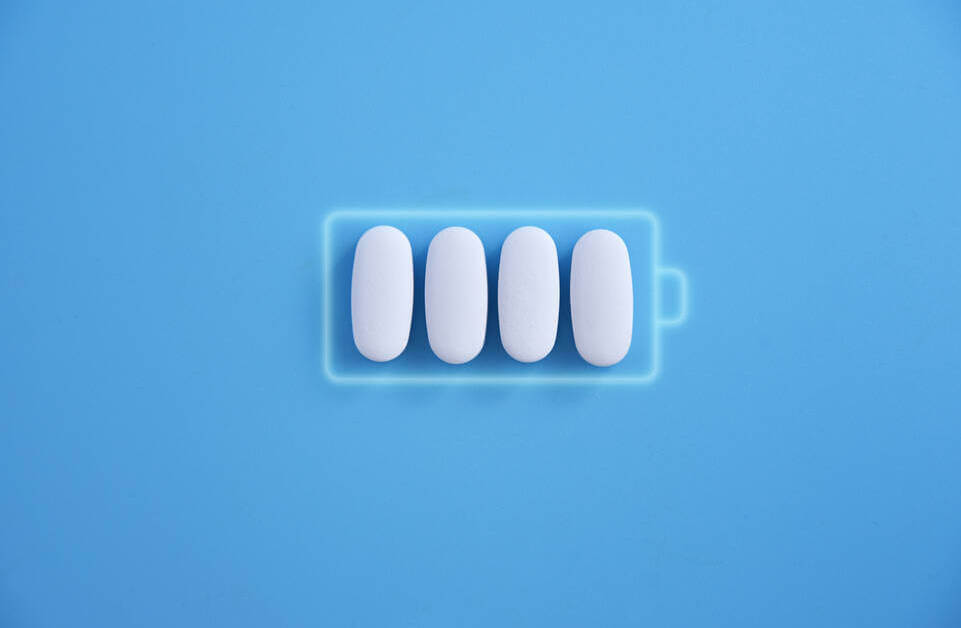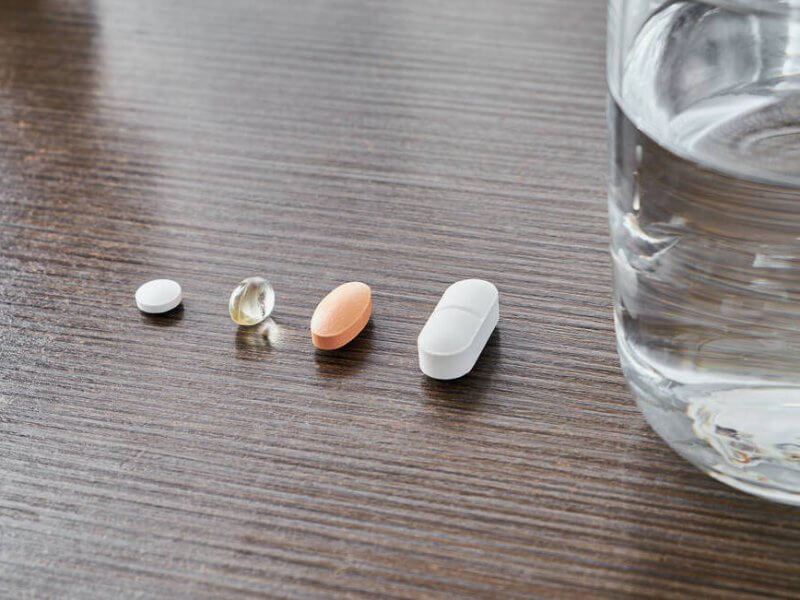260 total views
Introduction: Why Modafinil Sparks Debate
When it comes to staying awake, sharp, and productive, few substances are as controversial as Modafinil. Some call it a powerful stimulant, others describe it as a wakefulness-promoting agent, and many label it a “smart drug” used by entrepreneurs, students, and professionals worldwide.
But what exactly is Modafinil, and is it more like caffeine and amphetamines or is it truly in a category of its own? Let’s uncover the surprising truth.
What Is Modafinil?
Origins and Development
Modafinil was first developed in the late 1970s in France as a treatment for narcolepsy and sleep-related disorders. Its discovery stemmed from research on a related compound, adrafinil. By the 1990s, Modafinil had made its way into medical practice as a prescription drug.
FDA Approval and Medical Uses
The U.S. Food and Drug Administration (FDA) approved Modafinil in 1998 under the brand name Provigil. Its approved uses include:
- Narcolepsy (excessive daytime sleepiness)
- Shift Work Sleep Disorder
- Obstructive Sleep Apnea (OSA)
Despite its limited approved medical uses, Modafinil quickly became popular for its off-label applications, particularly as a cognitive enhancer.
How Does Modafinil Work?
Neurotransmitter Effects
Unlike amphetamines, Modafinil does not flood the brain with dopamine. Instead, it acts subtly by influencing multiple neurotransmitters:
- Histamine – increases alertness
- Orexin (hypocretin) – regulates wakefulness
- Dopamine – mildly elevated, improving focus
- Norepinephrine – enhances vigilance
Differences from Traditional Stimulants
Unlike stimulants such as Adderall or Ritalin, Modafinil does not typically cause jitteriness, rapid heart rate, or a severe crash when it wears off. This is why many scientists insist it’s not a true stimulant but rather a wakefulness-promoting agent.
Modafinil as a Stimulant
Comparing with Caffeine and Amphetamines
In practice, Modafinil often feels like a stimulant. People report:
- Improved focus and concentration
- Reduced fatigue
- Increased motivation
However, unlike caffeine, Modafinil does not usually cause nervousness. And unlike amphetamines, it does not produce a euphoric “high.”
Short-Term Energy Boost
Students pulling all-nighters or workers facing tight deadlines often use Modafinil as a productivity booster. Its effects can last 12-15 hours, making it one of the longest-lasting “energy enhancers” available.
Modafinil as a Wakefulness-Promoting Agent
Narcolepsy and Sleep Disorders
For patients with narcolepsy, Modafinil is life-changing. It helps them function normally without excessive daytime sleep attacks. Similarly, those with shift work sleep disorder can maintain wakefulness during irregular schedules.
Cognitive Enhancement and “Smart Drug” Use
Outside of medical use, Modafinil has gained global attention as a nootropic. Students, scientists, and even military forces have experimented with it to improve alertness, focus, and decision-making.
Still, it’s essential to note: while it enhances wakefulness, it doesn’t necessarily make someone smarter it just gives the brain more time to operate at peak performance.
Safety and Side Effects
Common Side Effects
Most users tolerate Modafinil well, but potential side effects include:
- Headache
- Nausea
- Dry mouth
- Insomnia
Long-Term Safety Concerns
Studies show Modafinil is generally safe for short-term use, but long-term effects are less understood. Researchers continue to monitor for potential risks such as cardiovascular strain or psychiatric issues in vulnerable individuals.
Modafinil vs. Adderall: A Clear Comparison
| Feature | Modafinil | Adderall |
|---|---|---|
| Type | Wakefulness-promoting | Stimulant (amphetamine) |
| Euphoria | Minimal | High |
| Risk of Addiction | Low | High |
| Crash | Rare | Common |
| Half-Life | 12–15 hours | 8–12 hours |
| Medical Use | Narcolepsy, OSA | ADHD, Narcolepsy |
This comparison highlights why many users prefer Modafinil it offers alertness without the rollercoaster ride.
Is Modafinil Addictive?
Modafinil has a low risk of dependence compared to stimulants. While it does increase dopamine slightly, it doesn’t trigger the intense reward cycle linked to addiction. Nevertheless, misuse is possible, especially when combined with other substances.
Who Should and Shouldn’t Use Modafinil
Recommended for:
- People with diagnosed sleep disorders
- Professionals requiring sustained alertness under medical guidance
Not recommended for:
- Individuals with heart problems
- Pregnant or breastfeeding women
- Children under 18 without medical supervision
Legal Status Worldwide
- United States: Prescription-only (Schedule IV controlled substance)
- United Kingdom: Prescription-only
- India: Over-the-counter in some states
- Australia: Strictly prescription-only
The Future of Modafinil Research
Researchers are exploring:
- Modafinil analogs with fewer side effects
- Potential use in Alzheimer’s disease and depression
- Applications in military and space exploration where sleep deprivation is unavoidable
FAQ
1. Is Modafinil stronger than caffeine?
Yes, Modafinil is significantly stronger and lasts longer than caffeine, though it doesn’t cause the same jitters.
2. Can Modafinil help with studying?
Many students use it off-label for studying, but it should only be taken under medical supervision due to potential risks.
3. Does Modafinil make you smarter?
Not exactly—it improves wakefulness and focus but doesn’t increase IQ.
4. Can you build tolerance to Modafinil?
Tolerance is possible but less likely than with traditional stimulants.
5. Is Modafinil safe long-term?
Research suggests it’s relatively safe short-term, but long-term safety studies are ongoing.
6. Can Modafinil cause insomnia?
Yes, if taken too late in the day, it may interfere with sleep.
Conclusion
So, is Modafinil a stimulant or a wakefulness-promoting agent? The answer lies somewhere in between. While it acts like a stimulant in boosting energy and focus, its unique pharmacology sets it apart. In 2025, Modafinil remains a safe, effective, and groundbreaking option for those battling sleep disorders and a fascinating subject of debate for scientists and biohackers alike.
‼️ Disclaimer: The information provided in this article about modafinil is intended for informational purposes only and is not a substitute for professional medical consultation or recommendations. The author of the article are not responsible for any errors, omissions, or actions based on the information provided.
References:
- U.S. Food and Drug Administration. PROVIGIL. U.S. Department of Health and Human Services. https://www.accessdata.fda.gov/drugsatfda_docs/label/2015/020717s037s038lbl.pdf . 2015
- Ballon JS, Feifel D. A systematic review of modafinil: potential clinical uses and mechanisms of action. J Clin Psychiatry. 2006
- Willavize, S. A., Nichols, A. I., & Lee, J. Population pharmacokinetic modeling of armodafinil and its major metabolites. https://doi.org/10.1002/jcph.800 . 2016
- Fuxe K, et al. Modafinil enhances the increase of extracellular serotonin levels induced by the antidepressant drugs fluoxetine and imipramine: a dual probe microdialysis study in awake rat. Synapse. 2005
- Greenblatt, K., & Adams, N. Modafinil. StatPearls Publishing. https://www.ncbi.nlm.nih.gov/books/NBK531476/ . 2023
- PROVIGIL (modafinil) Tablets. FDA.GOV. 2010
- Oliva Ramirez A, Keenan A, Kalau O, Worthington E, Cohen L, Singh S. Prevalence and burden of multiple sclerosis-related fatigue: a systematic literature review. https://doi.org/10.1186/s12883-021-02396-1 . 2021.
- Ciancio A, Moretti MC, Natale A, Rodolico A, Signorelli MS, Petralia A. Personality Traits and Fatigue in Multiple Sclerosis: A Narrative Review. Journal of Clinical Medicine. https://doi.org/10.3390/jcm12134518 . 2023
- Mereu, M., Bonci, A., Newman, A. H., & Tanda, G. The neurobiology of modafinil as an enhancer of cognitive performance and a potential treatment for substance use disorders. https://doi.org/10.1007/s00213-013-3232-4 . 2013
- Natsch, A. What makes us smell: The biochemistry of body odour and the design of new deodorant ingredients. CHIMIA International Journal for Chemistry. https://doi.org/10.2533/chimia.2015.414 . 2015
- Hamada, K., Haruyama, S., Yamaguchi, T., Yamamoto, K., Hiromasa, K., Yoshioka, M., Nishio, D., & Nakamura, M. What determines human body odour? Experimental Dermatology. https://doi.org/10.1111/exd.12380 . 2014


